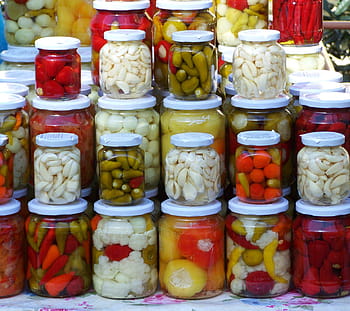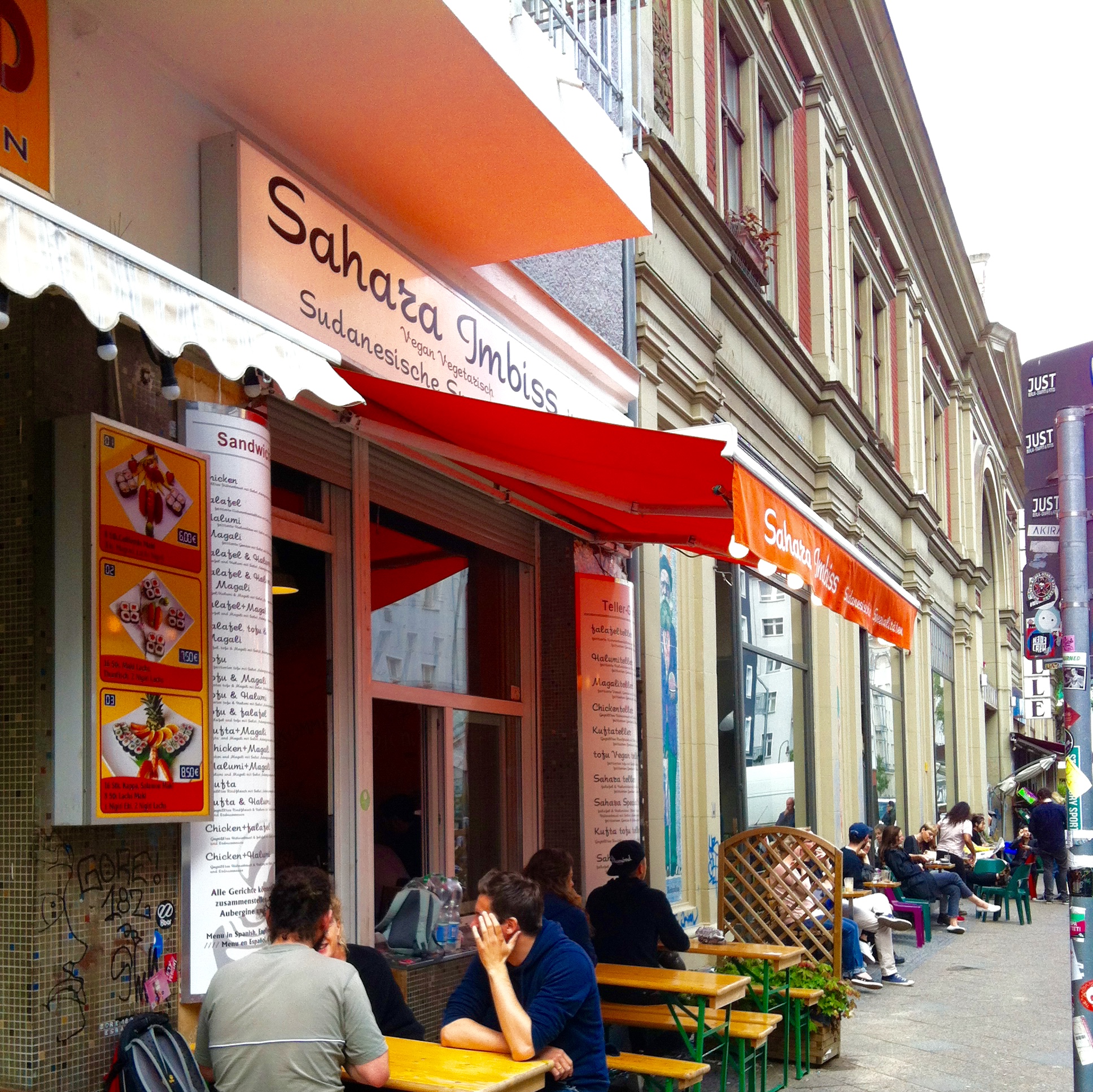
Coming from a family of at-home gardeners, we have always planted a summer garden. Typically, we grow herbs and vegetables such as basil, sage, tomatoes, and of course, cucumbers. Every summer, we plant cucumbers so we can make our family’s favorite – refrigerator pickles. Never heard of refrigerator pickles before? Essentially, they are homemade bread […]
view the post

If there is anything to take advantage of in Berlin, besides exploring its rich history and plethora of museums, it would definitely be the food culture. Berlin is a diverse city with residents from all over the world, which creates a very unique opportunity to have all of these culinary traditions at your fingertips. I […]
view the post